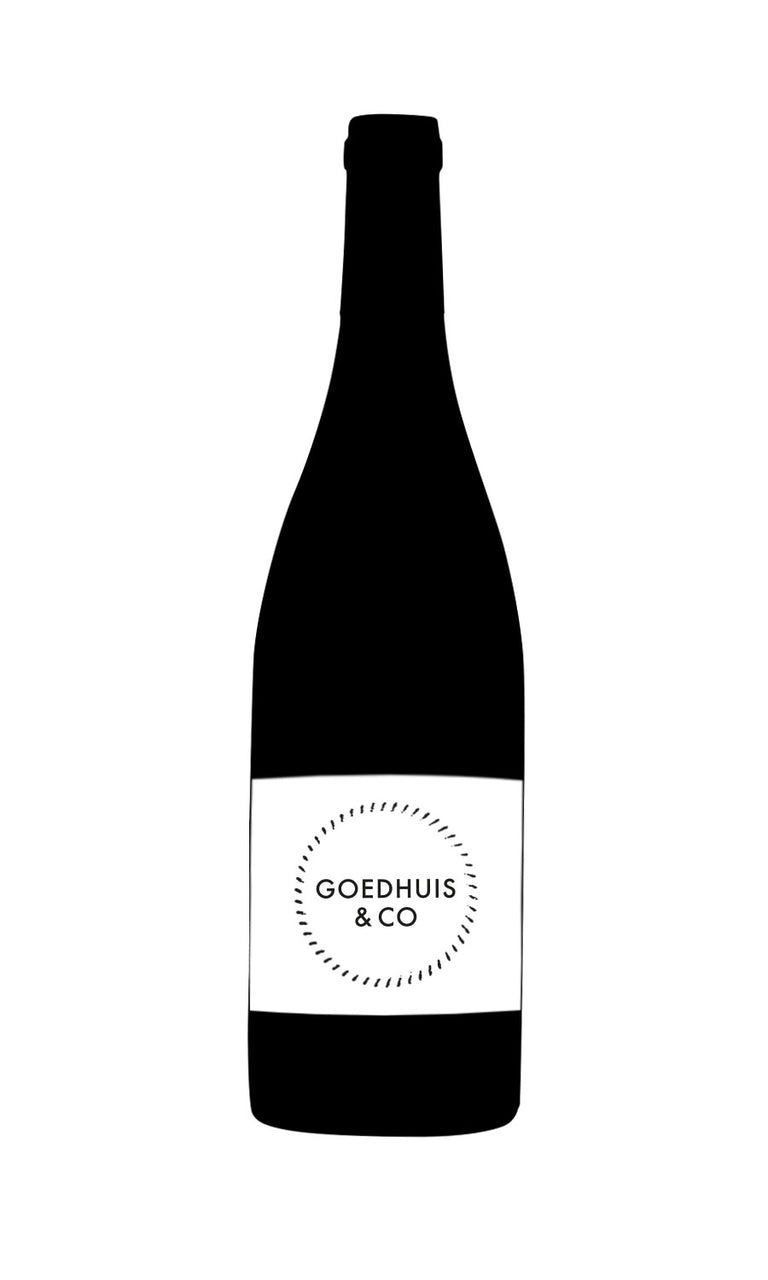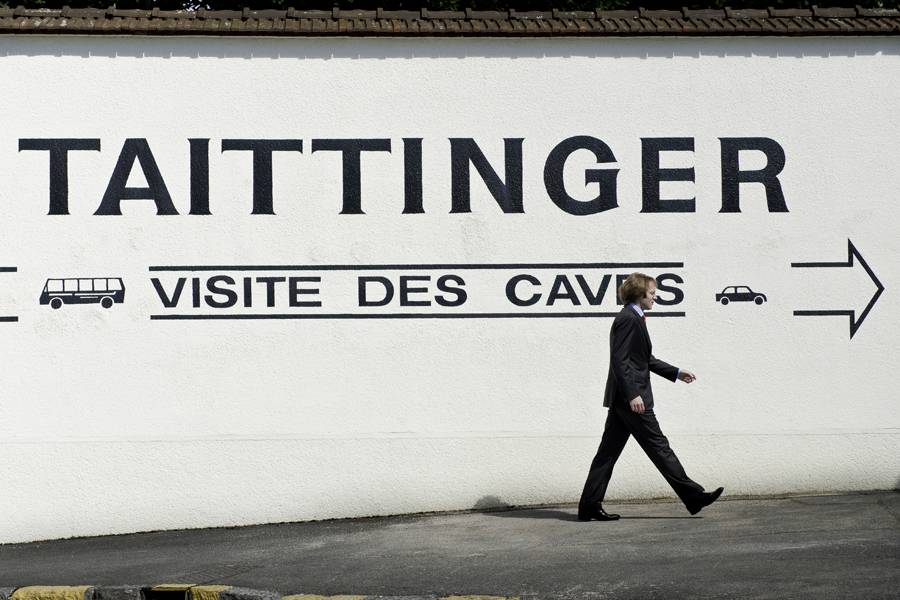
- Colour Champagne_Sparkling
- Producer Taittinger
- Region Champagne
- Drinking 2021 - 2032
- Case size 3x75cl
- Available Now
2008 - Taittinger Comtes de Champagne Rosé - 3x75cl
- Colour Champagne Sparkling
- Producer Taittinger
- Region Champagne
- Drinking 2021 - 2032
- Case size 3x75cl
- Available Now
Select pricing type
Need help? Call +44 (0)20 7793 7900 or email wine@goedhuiswaddesdon.com.
-
Antonio Galloni, November 2021, Score: 93
The 2008 Comtes de Champagne Rosé presents a classically austere façade. Crushed berry, mint, chalk and dried herbs emerge on the bouquet, and yet the wine remains very tight, even with aeration. The Comtes Rosé has a track record of aging brilliantly. Drink 2021-2030.
-
WK, October 2021, Score: 96
Taittinger's 2008 Brut Comtes de Champagne Rosé, which arrives on the market this year, has unwound considerably since I last tasted it. Offering up inviting aromas of red berries, plums, sweet spices, orange rind and freshly baked bread, it's medium to full-bodied, pillowy and vinous, with an ample core of fruit, lively acids and an elegant pinpoint mousse. As I wrote in 2019, Taittinger is using more Pinot Noir and opting for longer sur lattes maturation for this bottling, and the result is that Comtes Rosé is becoming a more gastronomic Champagne. Drink 2021-2035.
Producer
Taittinger
One of the most recognised Champagne Houses in the world, Taittinger was originally founded in 1734 by Jacques Fourneaux. It was not until 1931 that its connections to the Taittinger family were established with it was purchased by founder, Pierre Taittinger. The hallmark of the Taittinger blend is the high percentage of Chardonnay which adds a natural elegance and creaminess to the wines. Today, it remains owned and manage...Read more
One of the most recognised Champagne Houses in the world, Taittinger was originally founded in 1734 by Jacques Fourneaux. It was not until 1931 that its connections to the Taittinger family were established with it was purchased by founder, Pierre Taittinger. The hallmark of the Taittinger blend is the high percentage of Chardonnay which adds a natural elegance and creaminess to the wines. Today, it remains owned and managed by the Taittinger family - a rarity in the region for a producer of this size - and is run by Pierre-Emmanuel Taittinger.Read less

Region
Champagne
Champagne, the world's greatest sparkling wine, needs little introduction - with imitations produced in virtually every country capable of growing grapes, including such unlikely candidates as India and China. The Champagne region, to the north of Paris, has the most northerly vineyards in France, with vines grown on slopes with a southerly exposure to maximise sunlight. The soil is chalky, providing an excellent balance of drainage and water retention. The key to the wine is in the cellar - the bubbles result from a second fermentation in the bottle and the rich toasty flavours in great Champagne come from extended bottle ageing on the yeasty lees. Until the eighteenth century, the wines produced in the Champagne area were light acidic white wines, with no hint of sparkle. However glass and closure technology developed at that time and it was not long before Dom Perignon, a Benedictine monk at the Abbey of Hautvilliers, started experimenting with blends and produced the first recognisable champagne. In a world accustomed to still wines, the advent of champagne was almost a flop. It was saved when it became fashionable at the French court as a result of Louis XV's mistress Madame de Pompadour commenting "Champagne is the only wine that lets a woman remain beautiful after she has drunk it." And the rest is history, with famous (or infamous) champagne lovers including Casanova, Dumas, Wagner, Winston Churchill, James Bond and Coco Chanel.



